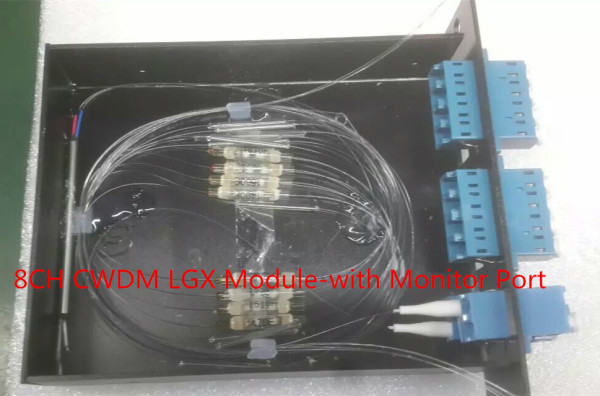The world knows that the physical fiber optic cabling can be a lot expensive when it comes implementing for every service separately; but this expense can be made worthy by capacity expansion using a Wave Division Multiplexing also known as WDM.

Wave Division Multiplexing technology was evolved to expand aptitude of networks that a single fiber provides. It helps because a WDM system employs a multiplexer solution at the transmitter that combines several wavelengths in concert; also in this entire process, each carries sundry signal and at the receiver –a de-multiplexer helps in splitting them apart. Both Mux and Demux are passive and thereby require no power supply.
Types of WDM
Currently there are many kinds of standardized WDM in existence. The types / kinds of Wave Division Multiplexing are:
- General WDM (that may include 980/1550 WDM and 1310/1550 WDM).
- CWDM (such as CWDM Mux and Demux module and CWDM OADM module).
- DWDM (including 50GHz, 100GHz, 200GHz DWDM mux/demux module and DWDM OADM module).
How WDM works?
The operating principle of WDM is easy and understandable. Wave Division Multiplexing is akin to the prism in the operating principle; as a prism separates white light into seven different colored rays, similarly a WDM system uses a multiplexer at the transmitter to join different signals together, and has a demultiplexer at the receiver end for splitting the signals apart. All you need is a right type of fiber optic cable, and it is possible to have a WDM device that can do both simultaneously, and can act as an optical add / drop multiplexer.
The first WDM systems (which were demonstrated with optical fiber in the early 80s) combined only two signals; however, modern systems can handle up to 160 signals. In short, WDM systems can expand the capacity of the network while accommodating many generations of technology development in optical infrastructure without having to revamp the backbone network; this quality plays in its popularity with telecommunications companies.